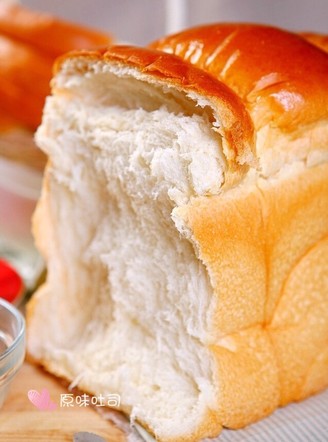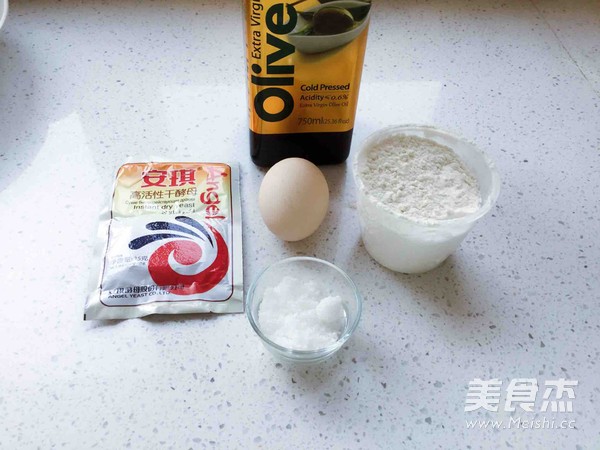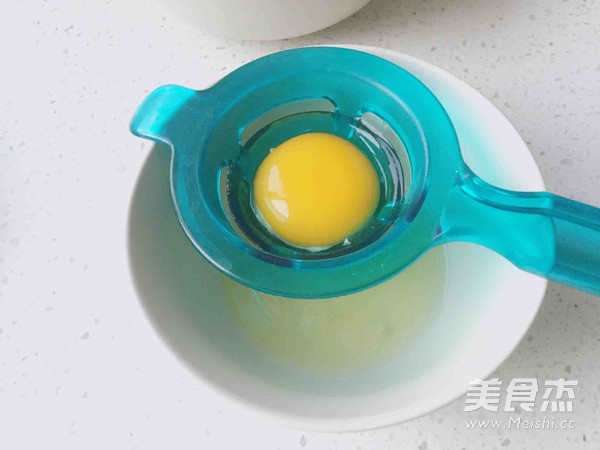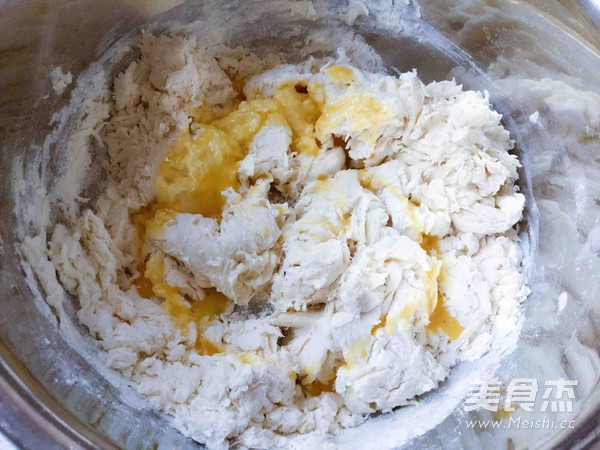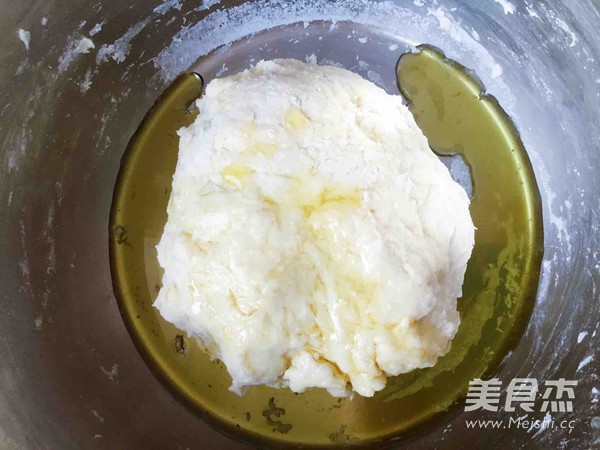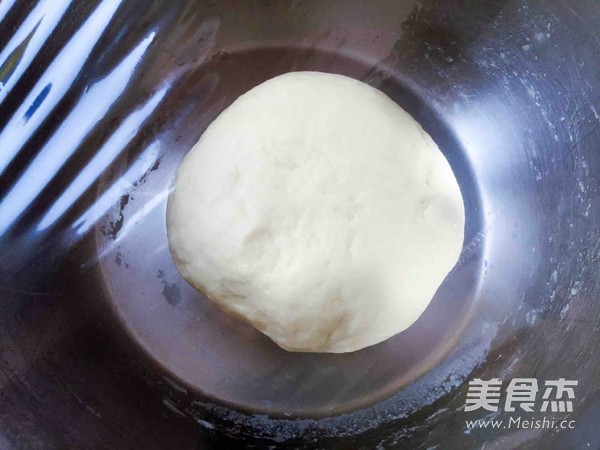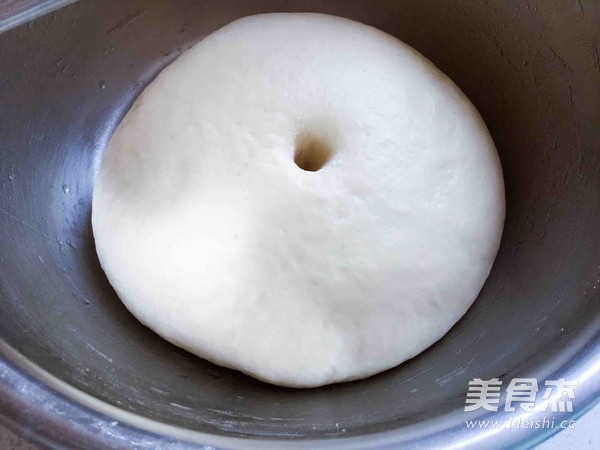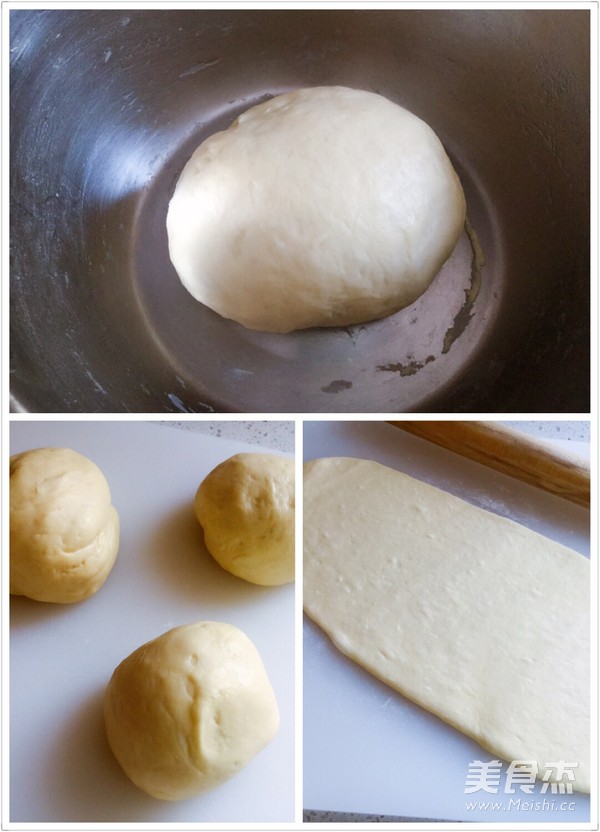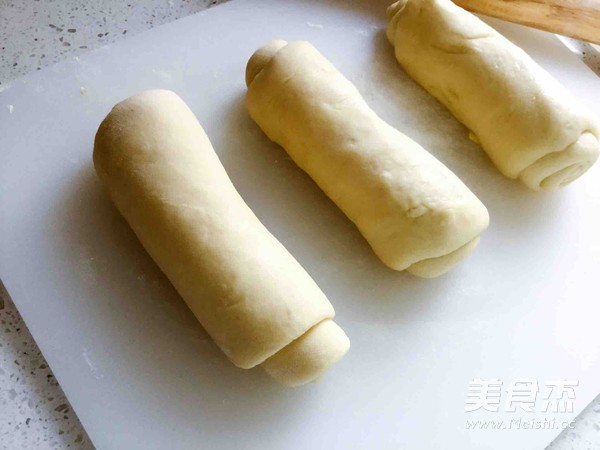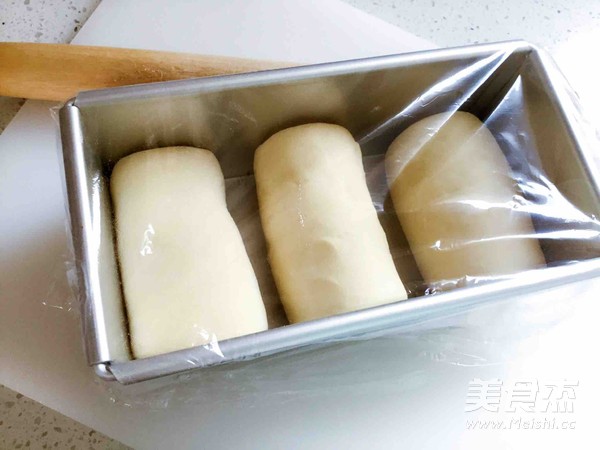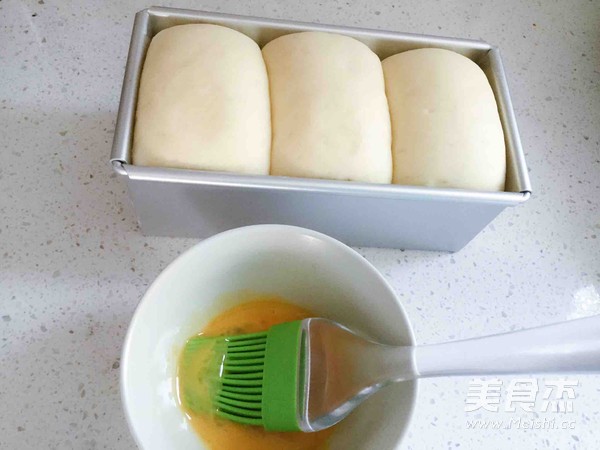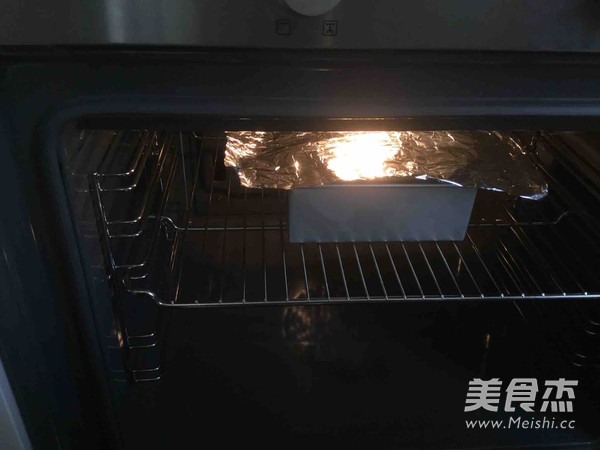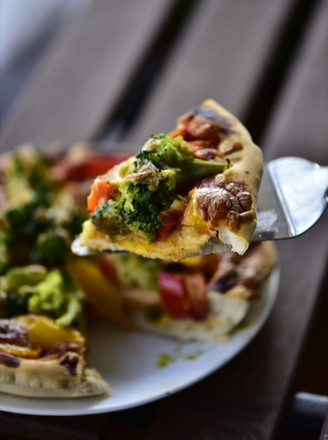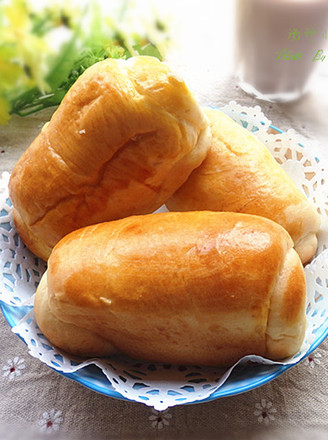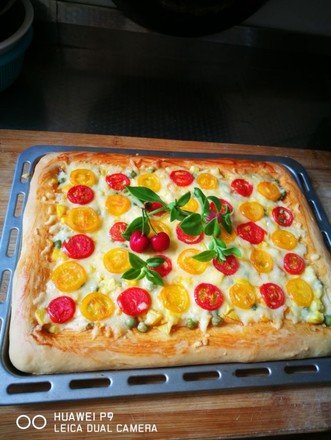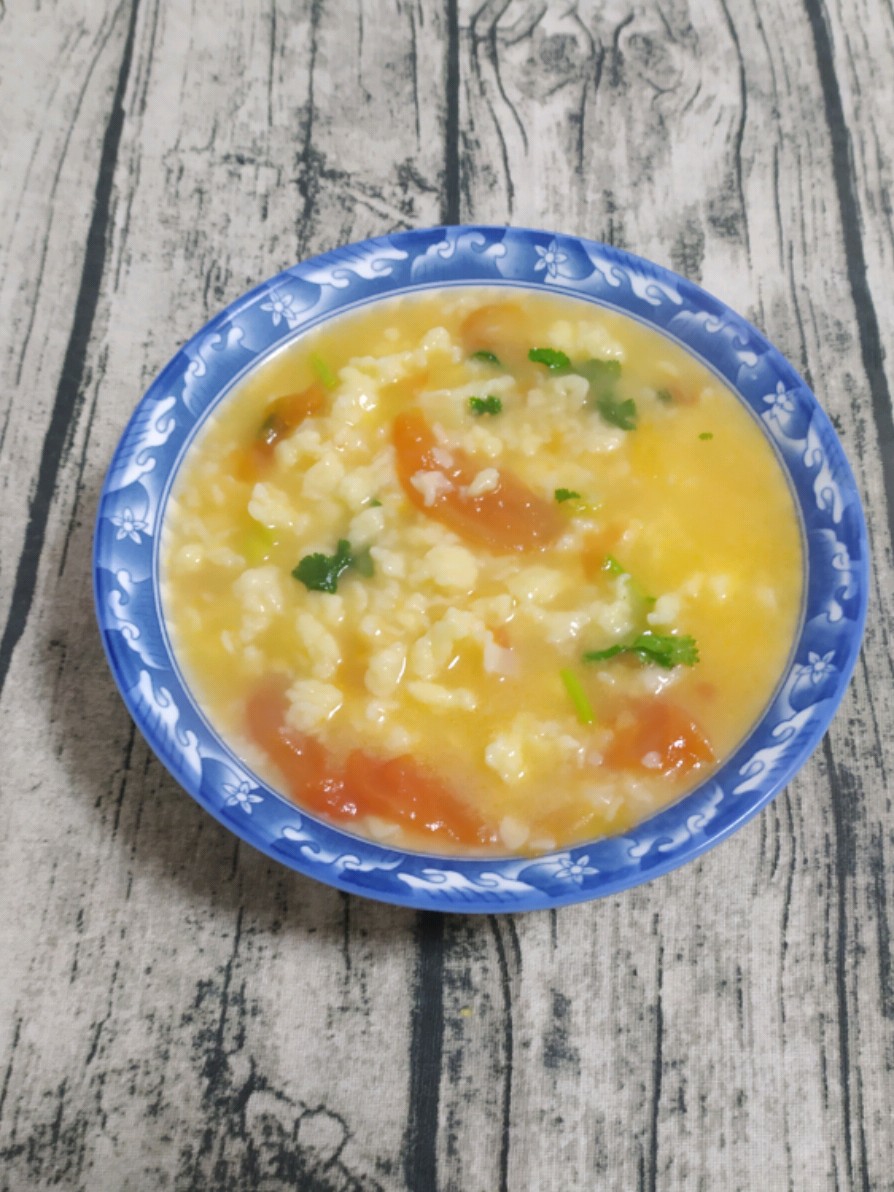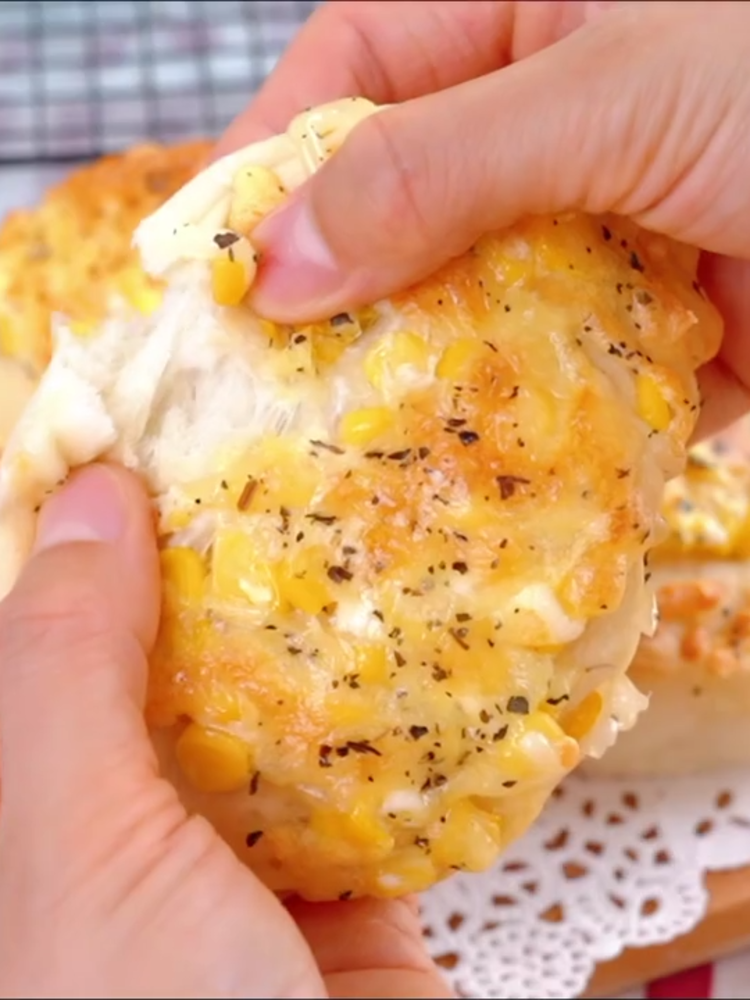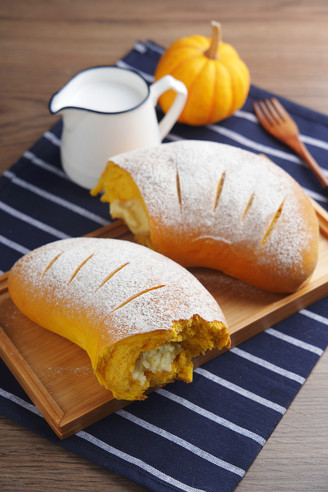Baby Food Supplement-original Toast (10+)
1.
Prepare materials
2.
The eggs are separated, leaving the yolk liquid
3.
The yeast is melted with warm water, and all ingredients except olive oil are mixed (the egg yolk is only 20 grams)
4.
The dough made with this ratio will have some sticky hands, but it doesn’t matter. Add olive oil and knead the dough thoroughly and it won’t stick to your hands.
5.
Cover the dough with plastic wrap and put it in a warm place for fermentation (I use the oven to preheat 50 degrees for fermentation, about 40 minutes)
6.
Fermentation is complete (whether the fermentation is successful, do not depend on the time of fermentation, but the state of fermentation. First, you can see that the dough has doubled the original size; secondly, the dough has many small holes in it. Again, Dip your fingers with flour and poke a hole in the middle of the dough. This hole does not rebound and the dough does not collapse. If the dough collapses, it means that the fermentation is over. If the dough is over-fermented, the dough will be a little sour)
7.
Knead the dough with your hands to exhaust air. The electronic balance divides the dough into three 140g small doughs, and rolls them into a long oval shape with a rolling pin (when rolling the dough, put a little dry flour on the panel to prevent sticking)
8.
Three dough rolls up one by one
9.
Put it in a toast mold and cover with plastic wrap for secondary fermentation
10.
Seeing that the dough has grown so much, almost 90% of the toast mold is full (second fermentation is very important, the same method as the first fermentation. This time is also 40 minutes)
11.
Brush a layer of egg yolk liquid on the surface of the toast (dilute the remaining egg yolk liquid after kneading with a little water, and brush the surface of the toast)
12.
Put it in the oven, heat up and down 170 degrees, bake for 30 minutes. Don't forget to warm up 10 minutes in advance
13.
After baking for 15 minutes, cover with tin foil to prevent the surface from being too dark. The successfully fermented bread is very soft.
14.
Keep the unfinished bread sealed to prevent it from drying out.
Tips:
The key to making bread is also fermentation, and both primary fermentation and secondary fermentation are both important. To master the state of fermentation, we must be careful not to over-ferment.

